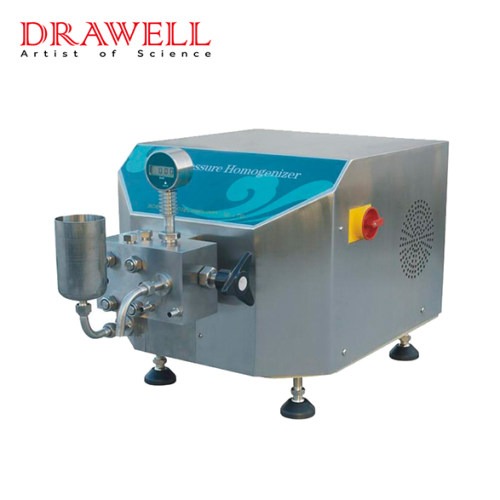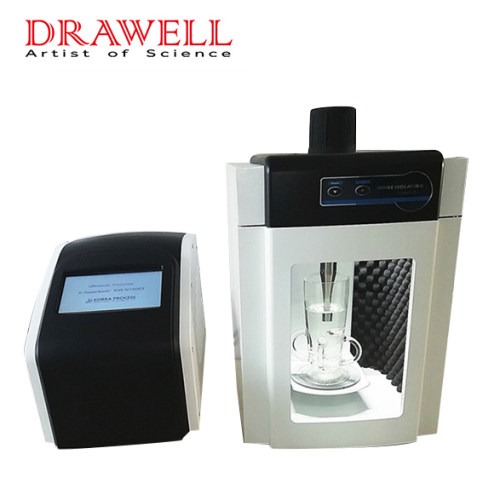The high-pressure homogenizer is a technological marvel in industrial processing, revolutionizing the way various substances are treated and transformed. This adaptable piece of machinery is essential in industries ranging from food and pharmaceuticals to cosmetics and biotechnology. In this article, we’ll delve into the complexities of high pressure homogenizers, investigating their working principles, applications, and impact on product quality.
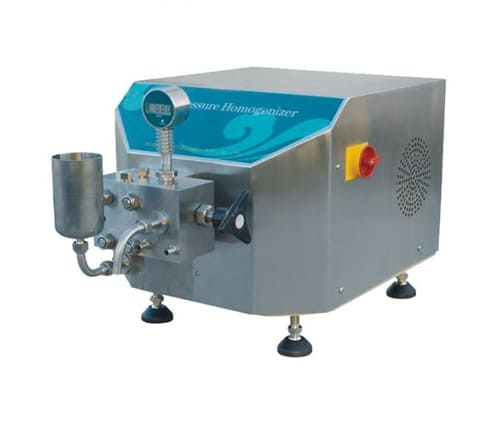
What are the Functions of High-Pressure Homogenizers?
High-pressure homogenizers are sophisticated pieces of machinery that use intense pressure to break down and reduce particle sizes in a variety of substances. A substance is forced through a narrow orifice at high pressure, resulting in mechanical shearing and impact forces. This intricate mechanism allows for the creation of stable and uniform emulsions, dispersions, and suspensions.
What are the Working Principles of High-Pressure Homogenizers?
A pump system, a homogenizing valve, and a pressure intensifier are common components of high pressure homogenizers. A high-pressure homogenizer works by subjecting substances to intense pressure, shear forces, and turbulence via a homogenizing valve. This process effectively reduces particle sizes, resulting in stable emulsions, dispersions, and suspensions in a variety of industries. To achieve the desired product characteristics and quality, pressure and other operating parameters must be carefully controlled.
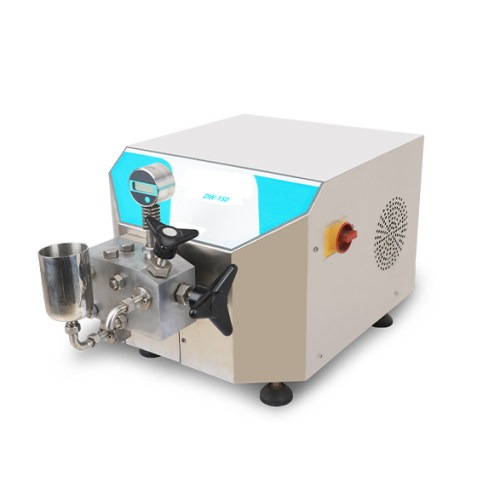
Key Components of High-Pressure Homogenizers
- Pump System
A pump system generates the required pressure for the homogenization process in high-pressure homogenizers. This pump, which is usually a piston or diaphragm pump, is in charge of drawing the substance into the system and pressurizing it.
- Inlet Valve
The substance to be processed is introduced into the homogenizer through an inlet valve. This valve controls the flow of the material into the system, and its design may vary depending on the specific requirements of the application.
- Pressure Intensifier
After entering the system, the substance encounters a pressure intensifier, which further increases the pressure to the desired level. This intensification is crucial for achieving the high pressures needed for effective homogenization.
- Homogenizing Valve
The heart of the high-pressure homogenizer is the homogenizing valve. This valve consists of a small gap or orifice through which the pressurized substance is forced. The homogenizing valve is responsible for creating the conditions necessary for intense shearing and turbulence.
- Shear Forces and Turbulence
Shear forces and turbulence are experienced by the substance as it passes through the narrow gap or orifice of the homogenizing valve. Mechanical forces act on the particles in the material, shattering them into smaller pieces. The combination of high pressure and shear forces reduces particle sizes, resulting in a more uniform and stable product.
- Cavitation
Cavitation, a phenomenon in which small bubbles form and collapse in a fluid, can be caused by the high pressures generated during the homogenization process. The collapse of these bubbles generates additional shear forces, which aids in particle size reduction.
- Cooling System
Many high-pressure homogenizers have a cooling system to keep the temperature within acceptable ranges due to the heat generated by the intense pressure and friction during homogenization. This is particularly important for heat-sensitive substances.
- Product Outlet
After passing through the homogenizing valve, the processed material exits the system through a product outlet. The resulting product often exhibits improved stability, uniformity, and enhanced physical properties.
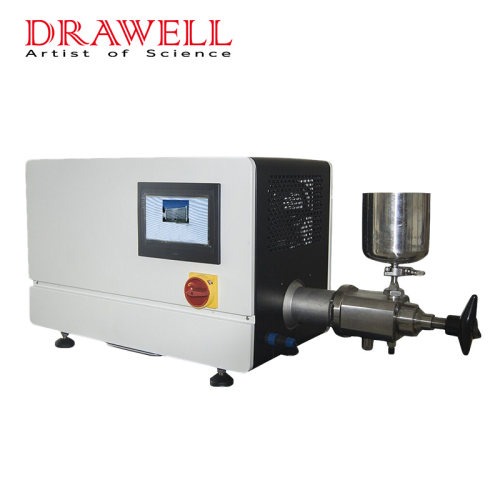
What are Applied Industries of High-Pressure Homogenizers
1. Food Industry
In the food industry, high-pressure homogenization is widely used to create emulsions, suspensions, and dispersions. This procedure is critical in producing stable and consistent textures in products such as sauces, dressings, and dairy products.
2. Pharmaceuticals
High-pressure homogenizers are used in the pharmaceutical industry to create nanoemulsions, improve drug delivery systems, and increase the bioavailability of certain medications. The technology is critical for developing stable formulations and improving the solubility of drugs that are poorly soluble.
3. Cosmetics
High-pressure homogenization benefits the cosmetics industry by achieving precise particle size reduction, which leads to improved product stability, texture, and sensory properties. This process is frequently used to ensure the quality of creams, lotions, and other cosmetic formulations.
4. Biotechnology
In biotechnology, high-pressure homogenizers are utilized for cell disruption, enabling the extraction of intracellular components for further analysis or processing. This is especially important in the production of biofuels, enzymes, and pharmaceuticals.
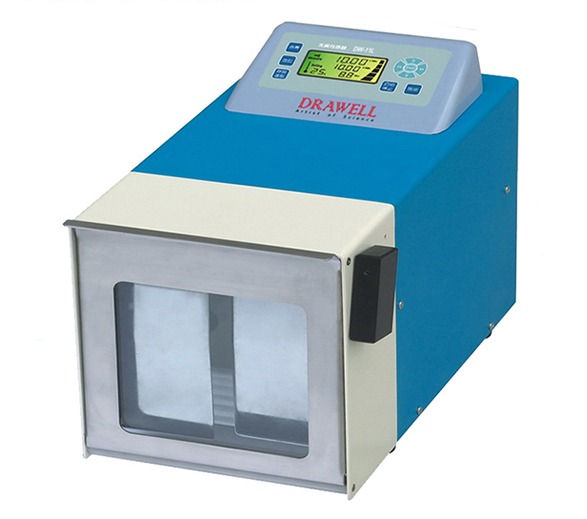
What are Benefits of High-Pressure Homogenizers
1. Particle Size Reduction
High-pressure homogenizers excel in reducing particle sizes to a micro or even nano scale, resulting in improved stability and consistency of products.
2. Enhanced Homogeneity
The homogenization process ensures uniform distribution of components, leading to improved product quality, taste, and texture.
3. Increased Shelf Life
The production of stable emulsions and dispersions via high-pressure homogenization contributes to the extension of the shelf life of various products.
4. Improved Bioavailability
In pharmaceutical applications, the technology improves drug bioavailability, resulting in more effective therapeutic outcomes.
Conclusion
High-pressure homogenizers provide a versatile and efficient means of particle size reduction and product homogenization. They have become indispensable in modern industrial processes. The impact of high-pressure homogenization is felt across various sectors, from the food we eat to the medications we rely on, contributing to improved product quality and performance. As technology advances, high-pressure homogenizers are likely to play an increasingly important role in shaping the future of industrial processing.

